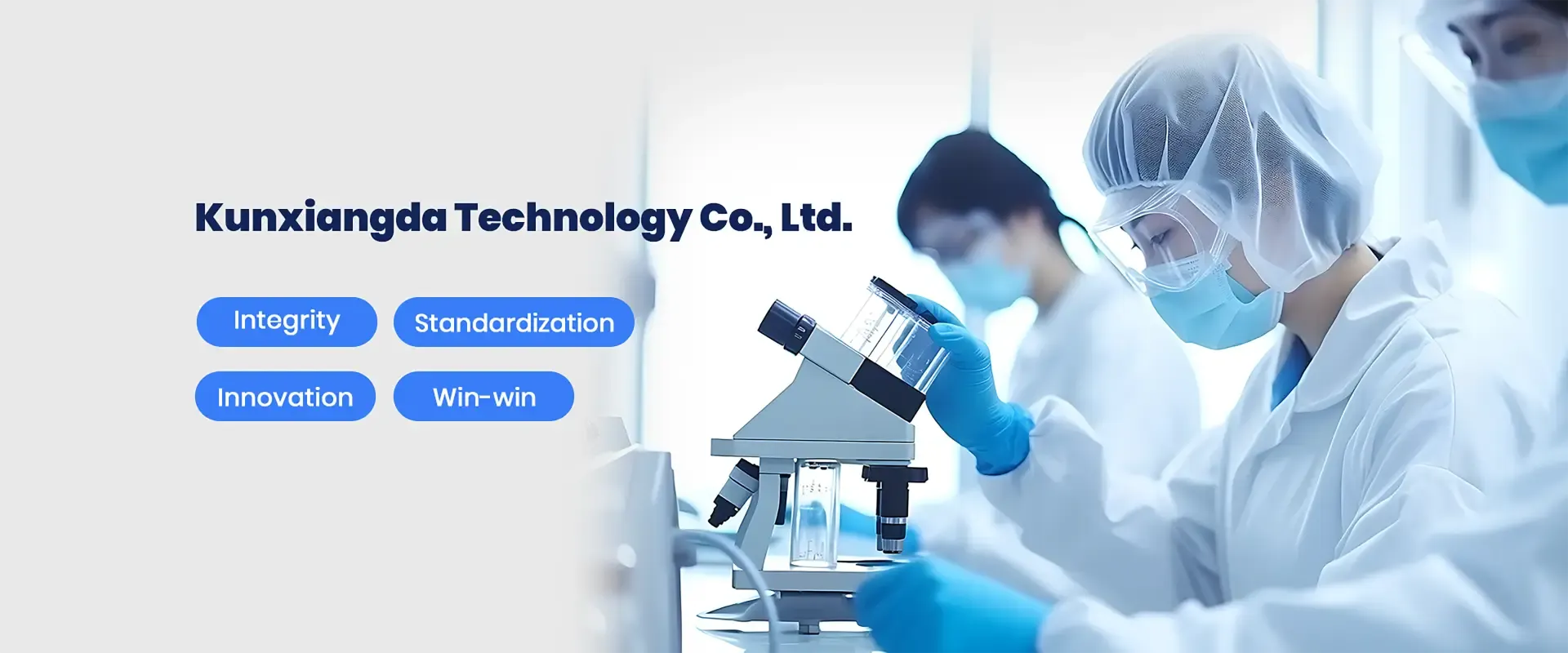Chemicals Used to Treat Drinking Water
The provision of clean drinking water is essential for public health and safety. To ensure that water is safe for consumption, various chemicals are employed in the treatment process. These chemicals serve multiple purposes, including disinfection, coagulation, and fluoridation, each contributing to the removal of contaminants and the improvement of water quality.
Coagulation and Flocculation
One of the initial stages of water treatment is coagulation, which involves adding chemicals to water that help bind particles together. Common coagulants include aluminum sulfate (alum) and ferric chloride. These substances neutralize the charges on particles in the water, facilitating their aggregation into larger clusters or flocs. This process is crucial for removing suspended solids, such as dirt, silt, and organic matter, which can harbor pathogens.
After coagulation, the water undergoes flocculation, where the water is gently stirred to promote the growth of larger flocs. The resultant flocs, being heavier, settle to the bottom during sedimentation, allowing for the clearer water to be siphoned off for further treatment.
Disinfection
Disinfection is a vital step in ensuring water safety. This process aims to eliminate or inactivate harmful microorganisms. The most common disinfectants used in drinking water treatment include chlorine, chloramine, and ozone.
Chlorine is one of the oldest and most widely used disinfectants due to its efficacy in killing bacteria and viruses. It is typically added in the form of chlorine gas, sodium hypochlorite, or calcium hypochlorite. However, chlorine can react with organic matter in water, forming disinfection byproducts (DBPs) such as trihalomethanes (THMs) and haloacetic acids (HAAs), which are associated with health risks. To mitigate this, chloramines, which are more stable and produce fewer DBPs, are increasingly used, especially in water systems that distribute chlorine-treated water over long distances.
chemicals used to treat drinking water

Ozone is another powerful disinfectant that is effective against a broader range of pathogens and does not produce harmful byproducts. However, its use requires careful handling and infrastructure as it can be toxic and is generated on-site.
Fluoridation
Fluoridation is the process of adding fluoride compounds, such as sodium fluoride or fluorosilicic acid, to drinking water, which has been widely adopted to prevent dental cavities. The benefits of fluoridation have been well-documented, with numerous studies indicating a significant reduction in tooth decay among populations with fluoridated water supplies. However, the practice has generated controversy, with debates surrounding potential health risks and ethical concerns regarding the forced medication of a population.
pH Adjustment and Corrosion Control
Another vital aspect of drinking water treatment is the adjustment of pH levels and the control of corrosion. Chemicals like lime (calcium hydroxide) and sodium hydroxide are often added to raise the pH of acidic water. A higher pH prevents the leaching of harmful metals, such as lead and copper, from pipes into the water supply. Additionally, phosphates may be used as a corrosion inhibitor to protect plumbing infrastructure.
Conclusion
The treatment of drinking water is a complex process that relies on a variety of chemicals to ensure safety and quality. Coagulation, disinfection, fluoridation, and pH adjustment are essential steps that work collectively to provide safe drinking water to communities. However, the use of these chemicals must be balanced with health considerations and regulatory standards to protect public health while maintaining the integrity of water systems. As advancements in water treatment technology continue, the methods and chemicals used will likely evolve to address emerging challenges in water quality and safety.

